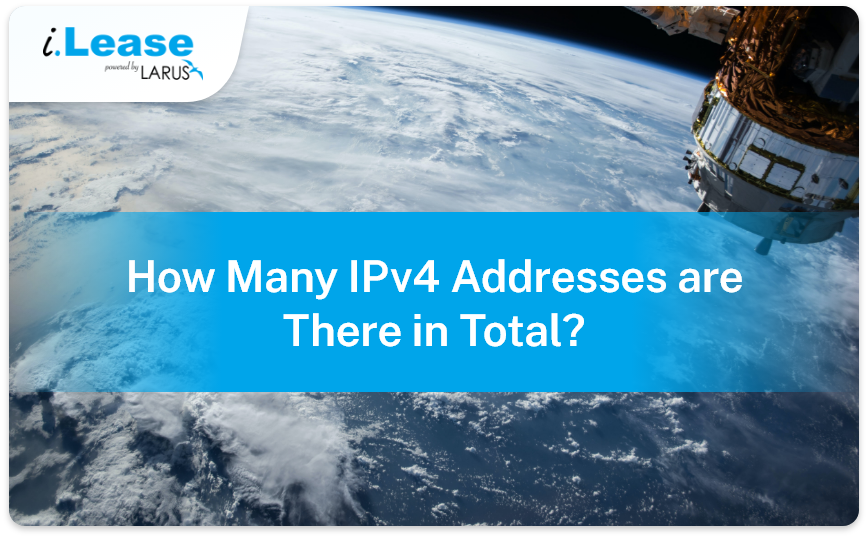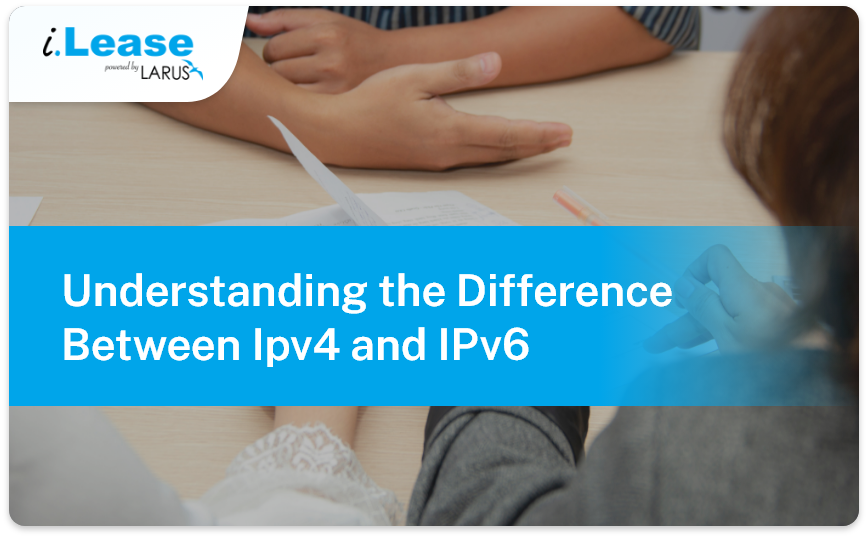IPv6, or Internet Protocol version 6, is the latest version of the Internet Protocol (IP). It was designed to overcome the limitations of its predecessor, IPv4. IPv6 is the future of the Internet. We are looking at the increased adoption of the Internet of Things (IoT), autonomous transport (like Tesla cars), and smart cities. Your office space is likely to have multiple sensors, actuators, and IoTs that require anRead more

There are about 4.3 billion IPv4 IP addresses. To be precise, it’s 4,294,967,296. While 10 digits may seem a lot, we have actually run out of those addresses. The Internet has outgrown its capacity. It’s not a doomsday scenario. But this development marks a crucial milestone in the history of our interconnected online world. 1.0 Are IPv4 Addresses Exhausted? Are IPv4 addresses exhausted? The short answer is: yes. IPv4 addressesRead more

When a device connects to a network, it needs to follow a certain standard. This standard, called Internet Protocol, allows a device to communicate with other devices. Whether it’s over the Internet or on a local network (like a home or office network), a device needs a network address. A device receives a network address once it connects to a network, typically through a router. To communicate over theRead more
